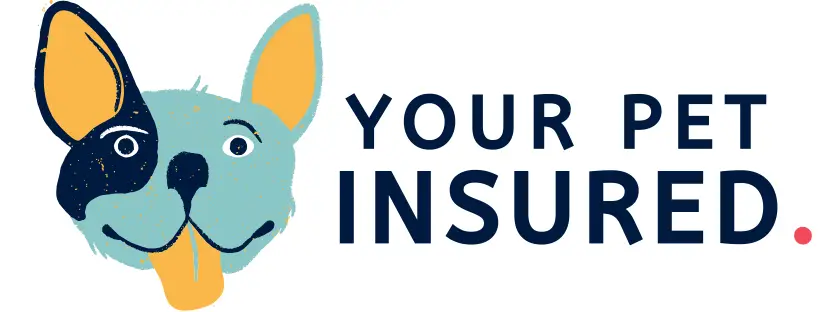Why Do Dogs Hump?
Dogs are known for playful behavior, loyalty, and sometimes peculiar habits – humping being one that often leaves dog owners perplexed or embarrassed. Although frequently associated with male dogs, females also exhibit this behaviour, and it can occur at any age. Understanding why dogs hump can help manage or redirect this natural behavior effectively.
What is Humping in Dogs?
Humping, or mounting, occurs when a dog places its front paws on another dog, person, or object and makes thrusting motions. It’s not solely sexual; dogs hump for various reasons, including playfulness and stress relief.
Reasons Why Dogs Hump
Sexual and Hormonal Factors
Unneutered males and unspayed females commonly hump due to hormonal drives, especially as they reach sexual maturity. This behaviour is instinctual and can persist even without a mate present.
Stress and Anxiety
Humping can be a coping mechanism dogs use to self-soothe during stressful situations or periods of anxiety. Triggers can include household changes, new pets, or disruptions in routine.
Excitement and Overstimulation
Dogs may hump due to excessive excitement or overstimulation, often observed during energetic play or enthusiastic greetings. High-energy dogs are particularly prone to this type of behaviour.
Playfulness and Social Interaction
For some dogs, humping is part of playful interaction or a way to initiate play with other dogs or humans. Ensuring play remains consensual and enjoyable for all involved is essential.
Social Hierarchy and Boundaries
While commonly mistaken as purely dominance-related, humping is more about establishing and testing social boundaries among dogs. Young dogs may use humping to learn acceptable behaviors and reactions from peers.
Medical Causes
Occasionally, humping can indicate medical issues such as urinary tract infections, skin allergies, or priapism (persistent and painful erections). Sudden, excessive humping accompanied by distress warrants veterinary attention.
Behavioural and Learned Habits
Humping can become habitual, especially if dogs receive attention—positive or negative—from their owners. Lack of mental and physical stimulation can also result in boredom-induced humping.
When Is Humping a Problem?
Humping is problematic when it becomes excessive, compulsive, or disruptive, causing stress to others or interfering significantly with daily life. If this occurs, addressing the behaviour promptly is essential.
How to Stop Your Dog From Humping
Minimize Opportunities
Observe situations that trigger humping and manage the environment proactively to prevent occurrences.
Redirect Behavior
Interrupt humping with a firm command or distraction, then redirect your dog’s attention to an appropriate activity. Consistency and positive reinforcement are key.
Address Stress and Anxiety
Identify and reduce sources of stress, ensuring your dog has ample physical and mental stimulation. Structured play and routine can significantly help.
Provide Alternative Activities
Offer engaging toys or initiate interactive games to redirect energy constructively, reducing boredom-driven humping.
Role of Neutering or Spaying
Neutering or spaying dogs can significantly decrease sexually driven humping by reducing hormonal impulses. However, it may not entirely eliminate humping driven by non-sexual causes.
When to Seek Professional Help
If humping behavior becomes challenging to control or compulsive, professional consultation with a veterinarian or animal behaviorist is recommended. They can rule out medical issues and guide effective behavioural interventions.
When to Contact Your Vet
- Contact your vet promptly if your dog displays:
- Significant changes in eating or drinking behaviours.
- Excessive licking or redness in the genital areas.
- Signs of pain, distress, or irritation.
- Changes in urination habits or unusual discharge.
| Behavior | Physical Signs | Behavior Changes | Immediate Vet Visit (Yes/No) |
|---|---|---|---|
| Persistent humping | Excessive licking of the genital area | Aggression or irritation when humping is interrupted | Yes |
| Humping after being neutered | Unusual discharge or bleeding | Redness or swelling in the genital area | Yes |
| Humping inanimate objects | Excessive licking of genital area | Lethargy or disinterest in usual activities | No, but schedule a check-up |
| Humping despite redirection | Signs of pain (whining, limping) | Changes in eating or drinking habits | Yes |
| Humping and crying | Weight loss or gain | Avoidance of interaction or touch | Yes |
| – | – | A sudden increase in humping frequency | Yes |
FAQs About Dogs Humping
Female dogs also hump. While it is more commonly observed in males, female dogs may engage in this behaviour for similar reasons, such as excitement, playfulness, stress, or hormonal changes.
Humping is not typically associated with affection. It’s more likely to indicate excitement or other emotional states. Affection in dogs is usually shown through cuddling, licking, and following their owner around.
Allowing your dog to hump inanimate objects is a personal decision. Some owners may allow it as a harmless outlet for their dog’s natural behaviour. In contrast, others may discourage it from preventing the behaviour from becoming habitual or being directed toward inappropriate targets.

